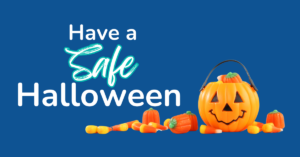Have you ever read a food label that said “may contain” or “processed with” before you saw allergens listed? Companies that make food are required to put those notes on there but do you know why? The answer is cross-contact, also called cross-contamination.
What is cross-contact?
Cross-contact is when allergens are transferred from an unsafe food to a safe food during the preparation process or other interactions.
Why is it an issue?
An allergic reaction or anaphylaxis can happen when even an unseen amount of an allergen is ingested. In food production, companies may use the same equipment or have food particles in the air that can contaminate safe foods. In restaurants, safe food sharing a grill with unsafe food can transfer allergens. In personal kitchens, using the same knife to make a safe sandwich after an unsafe sandwich without properly cleaning it can transfer allergens.
For those with food allergy, it is important to ingest safe food so reading labels and asking questions can save their lives. Understanding how dangerous cross-contact can be is important for anyone that prepares or handles food. While a small crumb may not seem like much to someone without allergy, it can be deadly to those with it.
What are some ways to avoid it?
A simple way to avoid cross-contact at home is to not have an allergen in the household. Completely removing the risk of contamination makes any space safe. If that is not possible, create a space to prepare the allergen to keep the allergen contained. Cleaning before and after touching the allergen with hands or surfaces is essential.
Many restaurants know their preparation processes and can answer questions on if a food is safe or not. There are training courses that also provide education on how to safely prepare food for allergies.
Our Epinephrine Certification Course for Babysitters goes over cross-contact to help non-primary caretakers feel confident they can keep children with food allergy safe.




